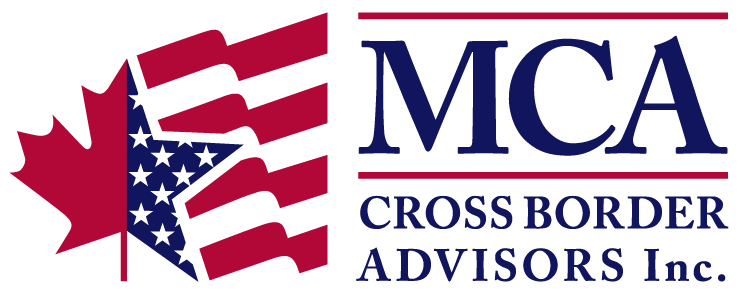A Canada-US Comparison of Maternity Leave Benefits
There is a lot of responsibility that comes with caring for a baby – emotionally, physically, and of course, financially. With inflation at record highs, affording the necessities in addition to taking time off work to care for your newborn can be a stressful undertaking. Compounding the burden is the fact that paid maternity or parental leave can be considered a luxury or a right depending on your employer or government. In this article we’re going to examine such paid leaves from a US and Canadian cross-border perspective.
Canadian Maternity Benefits
In Canada, there are two primary sources of financial assistance to help those transitioning into parenthood: maternity and parental leave and maternity and parental benefits.
A leave is just as it sounds: the amount of time new parents are entitled to take a leave from their employer, without pay, with a guarantee they can return to the same job once that leave is over. Maternity leave rules in Canada vary by province – in the most populous province, Ontario, for example, the Employment Standards Act of 2000 (ESA) ensures that pregnant employees have the right to take maternity leave of up to 17 weeks (or longer in certain circumstances) of unpaid time off work. Parental leave, which can be taken in addition to maternity leave, is up to 63 weeks.
On the other hand, maternity and parental benefits refer to the financial assistance parents receive from Employment Insurance (EI) as mandated by Canada’s Federal Employment Insurance Act. To qualify for EI maternity and parental benefits as a Canadian resident, one must meet the following criteria:
- Be employed in a job that is insured under Canada’s Employment Insurance program;
- Have worked at least 600 hours in the last 52 weeks; and
- Normal weekly earnings are reduced by more than 40%
The basic rate for maternity and parental EI benefits is 55% of your average insured earnings, up to a maximum of $638 per week (as of 2022). The maximum EI maternal benefit period is 15 weeks while the maximum EI parental benefit period is 35 weeks. For maternity benefits, the 15 weeks can start as early as 12 weeks before the expected due date and can end as late as 17 weeks after the actual date of birth.
For non-residents of Canada who receive maternity/parental EI benefits while living in the US, the standard tax rate of 25% would be withheld. These benefits would also be taxable on the US side; however, one can use the Canadian tax paid as a Foreign Tax Credit against any US tax owing.
US Maternity Benefits
Meanwhile, on the other side of the border, US maternity and parental leave and benefits are more limited when compared to Canada. Under the federal Family and Medical Leave Act of 1993 (FMLA), US employers are only required to provide up to 12 weeks of unpaid leave for the birth of a baby. Unfortunately, there is no federal or state law mandating maternal or parental benefits. In many cases, it’s up to the employer to volunteer to pay for the leave if they wish to do so.
If you are contemplating a move to either the US or Canada and are concerned about how this will change your access to leave and other healthcare benefits, our team of experts at MCA can provide clarity. With a holistic approach to your financial planning, we can help build a plan for your move that will help you plan for a career move across the border while achieving your financial goals. Contact us for a consultation to get the answers you need.

MCA Cross Border Advisors, Inc. is a registered investment adviser. Information presented is for educational purposes only and does not intend to make an offer or solicitation for the sale or purchase of any specific securities, investments, or investment strategies. The content of this presentation is for information purposes only and should not be construed as investment or financial advice. Investments involve risk and, unless otherwise stated, are not guaranteed. Be sure to first consult with a qualified financial adviser and/or tax professional before implementing any strategy discussed herein. Past performance is not indicative of future performance.
